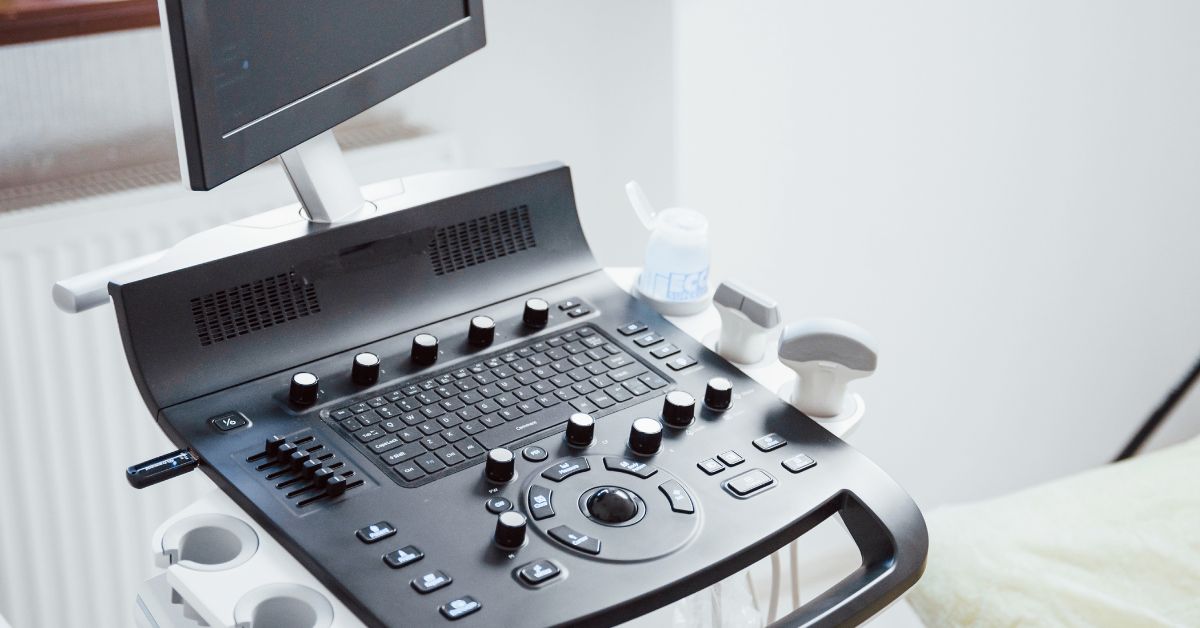Tips for Maintaining an Ultrasound Transducer

Upholding the integrity and functionality of ultrasound equipment is paramount in medical settings. Those who use these machines regularly know that the ultrasound transducer is a vital tool that warrants careful and consistent maintenance. However, many neglect these tools, which leads to inaccurate diagnoses, patient safety issues, and costly machine repairs. To avoid this, we’ve put together a comprehensive guide to help you maintain your ultrasound transducer for many years to come.
Regular Cleaning and Disinfection Practices
Ultrasound transducers come into direct contact with patients on a regular basis. Therefore, routine cleaning and disinfection are vital to prevent the spread of infection. At a minimum, after each use, users should clean the transducer with a gentle, non-abrasive solution. Pay close attention to the inspection of the cable, handle, and cord of the transducer, and only use approved disinfectants to wipe down these surfaces.
When cleaning a transducer, you must be aware of the manufacturer’s recommendations regarding cleaning products to avoid causing any damage to the device. The disinfection process must be thorough and rigorous, irrespective of the urgency of the next patient.
Appropriate Handling and Storage Guidelines
Proper handling of the ultrasound transducer can significantly extend its lifespan. When not in use, you should store the transducer in a temperature-controlled, clean, and dry environment. Always transport the transducer using the appropriate protective cover, and never coil or wrap the cord tightly around anything, as doing so can cause damage to the cable’s shielding.
Additionally, avoid dropping or mishandling the transducer, as these actions can lead to serious internal damage. It’s essential to train all staff members on the best handling and storage practices to ensure uniform adherence and reduce the risk of accidental damage.
The Importance of Routine Inspection and Maintenance
Even with the best daily care, ultrasound transducers require professional inspection and maintenance at regular intervals. An experienced technician should conduct detailed assessments, checking for any signs of wear or impending failures that may not be visible during routine cleaning.
This inspection should include an electrical safety test to confirm that the transducer still functions within safe parameters. Early detection of any issues can prevent additional damage and keep the transducer operating reliably. Medical facilities should establish a maintenance schedule and adhere to it strictly.
Always Have a Few Backups
Lastly, while this isn’t directly a tip on how to maintain an ultrasound transducer, you should always have backups readily available. Instances where a transducer malfunctions or needs repairs can be mere minutes before a scheduled procedure. An available standby can ensure minimal disruption to patient schedules and operational efficiency. Plus, there are many types of ultrasound transducers, so having a few extras in stock of each kind will help you remain prepared for anything.
Regardless of which ones you have, you should maintain your backup transducers with the same diligence as primary units, ensuring they are always in good working order. Investing in a few additional transducers is a proactive approach to managing maintenance-related downtime.





